Interested in teaching your child in a thoughtful, play-based learning environment, right from the start? With the help of our sponsor BKids, we’ve got some great tips and suggestions to get you started!
We all strive to be our child’s first teacher, but the thought of having to plan daily learning “activities” can be overwhelming and exhausting.
Thankfully, teaching our little ones doesn’t have to be stressful – nor does it have to involve trips to the craft store for supplies, or extensive research online.
Through simple unstructured play, children can learn and develop their cognitive skills, learn new vocabulary, and enhance their social, physical and literacy abilities. That’s why we’re such big advocates of “learning through play”, where children can discover, explore, experiment and problem solve – all by doing what they do best.
We’ve teamed up with BKids, a modern company who encourages parents to “Let Their Play Lead the Way”, to recommend some tips and tactics to incorporate play-based learning for your young child, all in the comfort of your home.
PIN for when you’re ready for your child to learn through play

1. ELIMINATE DISTRACTIONS
Turn off all electronics that could be a potential distraction to your child. This includes the TV, tablets and yes, even your phone. This may seem like a no-brainer, but you want their mind to be able to fully focus on being creative, using their imagination and exploring their environment – not distracted by the colors, movements and sounds coming from a device.
2. DON’T OVERSCHEDULE
Children need large chunks of free time to play every day. Even infants who may not be mobile yet need the opportunity to explore their world (even if it’s just playing with their toes!). We know life can get busy with errands and activities, but it’s important that there’s enough “down” time where your child is free to play without any set time limit or structure.
3. ENGAGE, BUT FOLLOW THEIR LEAD
Some of the greatest learning will come from your interactions with your child as you play together. However, let your child lead the way – it can be so tempting to try and control the direction of the play, but letting your child direct allows for greater exploration, self-regulation and causal understanding.
4. CHOOSE THE RIGHT TOYS
Not all toys are made equal. Having toys that don’t just occupy your child, but can turn their play into educational experiences is fundamental to play-based learning.
The BKids Ollie 3-in-1 Sit, Walk & Ride Elephant and Smilin’ Shimmer 3-in-1 Sit, Walk & Ride Unicorn shown here are great examples of toys that have been designed to help turn a child’s natural play into a learning and growing experience.

These toys offer light-up buttons with phrases, songs and silly sounds that teach numbers, colors, shapes and more.
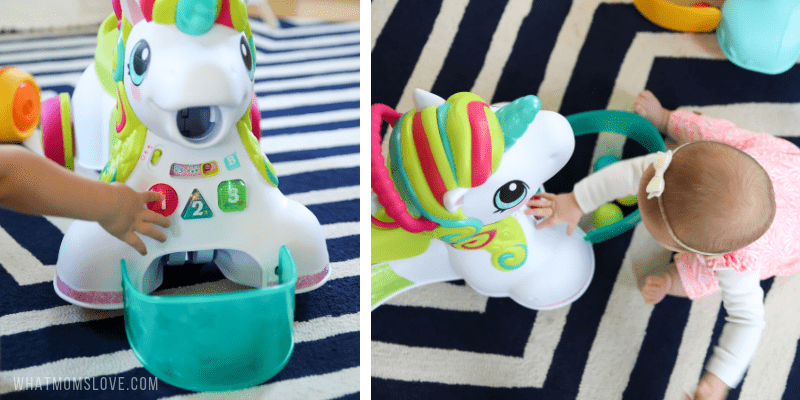
Your child can test their physical skills by sitting and scooting, and when they’re ready to get up and go, you simply lift the seat to access a handle to steady their first steps (there’s even 2 settings for the wheels so you can slow down the walker mode for beginners…so smart!).

To further encourage learning and exploration, Ollie and Shimmer include innovative pop and scoop technology – as your child pushes the walker over the included balls, it scoops them up, then pops them back out! Kids are intrinsically intrigued by this feature, which encourages them to keep moving (and as parents, we love that there’s a ball catcher that keeps the balls from getting out of hand).
The balls can even be pushed into the seat through a ball drop, which helps your child build dexterity and strengthens their fine motor skills (editor’s note: you can store the balls underneath the seat which is super helpful come clean up time, and can also be a fun game of hide and seek…teaching object permanence!).
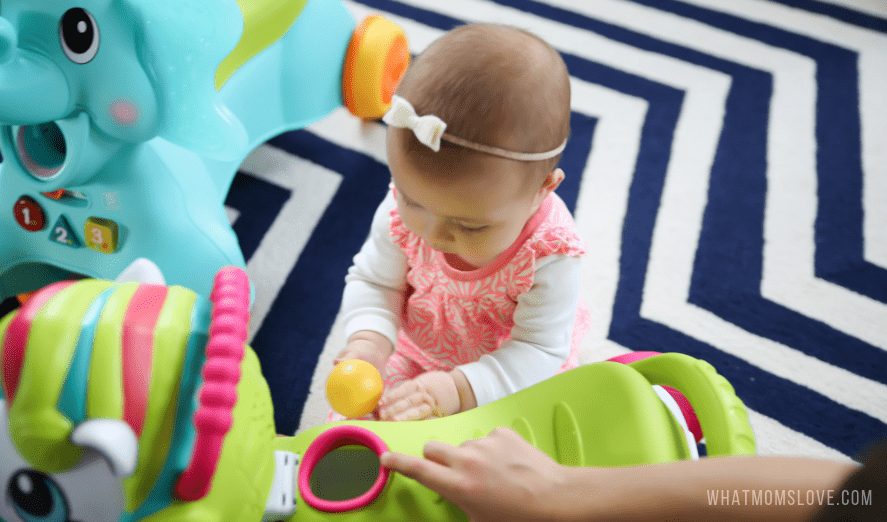
Other open-ended toys that are great for play-based learning include blocks, playdoh, and art supplies.
5. LET THEM FAIL
By following your child’s lead in play, you sometimes need to let them fail – and by doing so, they will learn from their “mistakes”. For younger children, this might be as simple as giving them the opportunity to pull themselves up on safe, height-appropriate items (we found Ollie and Shimmer’s seat is perfect for this), or providing them with a walker so they can attempt their first steps without needing your assistance (again, the BKids 3-in-1 toys come in handy!).
6. REPEAT, ELABORATE AND QUESTION
While playing with your child, imitate their sounds or actions to reinforce their vocabulary and cognitive skills. For older children, ask open-ended questions based on what they are doing related to words, numbers, colors, shapes, etc.
As an example, if your child was exploring the BKids 3-in-1 toys, you could respond in the following manner:
Baby reaches for one of the balls
You say: You got a ball! That ball is green. That ball is round.
Infant presses a button
You say: “You pressed a button! It turned on the lights. Look at the lights.”
Baby says: ba ba ba
You say: ba ba ba – that’s the first sound in “ball”. Here is a ball.
Baby touches the Unicorn’s nose
You say: You touched his nose. This is your nose (touching their nose). This is my nose (touching your own nose).
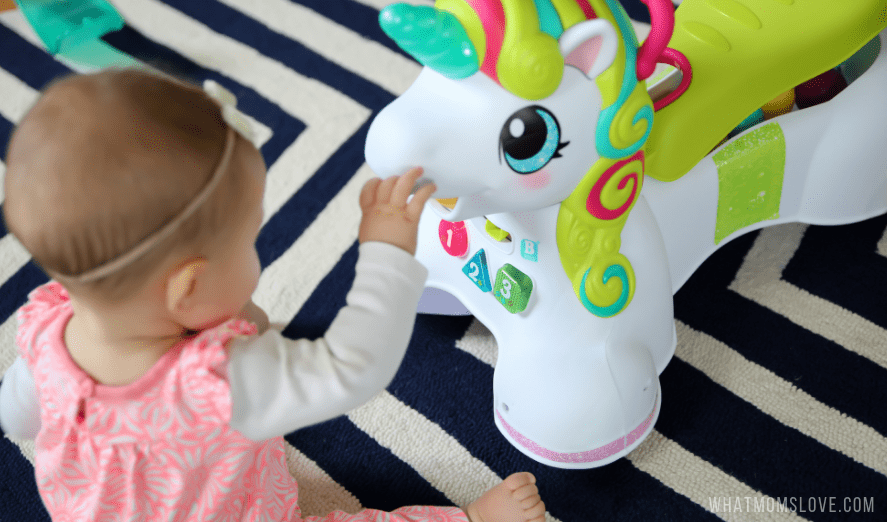
7. ENCOURAGE, ENCOURAGE, ENCOURAGE!
While engaged in play, keep up the energy and positivity. Saying things like “nice job, you put all the balls in the seat!” or giving them a hug or high five helps boost their confidence and encourages them to keep playing and learning.
8. MAKE IT FUN + CREATIVE
Create a fun play space for your kids that offers different areas of learning (this could be an art table, a book nook or a magnetic board) and choose toys that are vibrant and multi-functional.
9. GIVE THEM SPACE
While we advocate having a presence in your child’s play to enhance their learning experience, it’s equally important to give them some space so they can learn to play and explore independently. The amount of space you’re able to give your child will vary depending on their age, but even for young infants, staying back several feet from where they are sitting will give them more freedom to make their own decisions. This “alone” play is often when they are at their most creative (you’ll really see their imagination at work!) and builds their overall confidence when they realize what they can do all by themselves.

10. KEEP THE LEARNING GOING
When the “play” comes to an end, that doesn’t mean the learning has to stop. Try incorporating some of these ideas into your everyday routine to keep the learning going:
- Count the stairs out loud every time you go up or down.
- Sing the ABCs while changing their diaper
- When getting them dressed, talk them through exactly what you’re doing (ie “I’m putting your right arm into your shirt.”)
- Stop and look in mirrors and make different facial expressions
- Allow them to touch and explore different fabrics and textures. Describe what they’re feeling (soft, bumpy, hard, scratchy, silky, etc.)
- Talk to them about their emotions – point out when they look sad, upset, happy, tired
Thanks again to our sponsor BKids for making the modern, child-led toys featured here, and for encouraging parents to “Let Their Play Lead the Way”. With the right tools and strategies, our kids can learn without them even realizing it!
Interested in these BKids toys? They are available exclusively at Walmart. Click here to learn more.

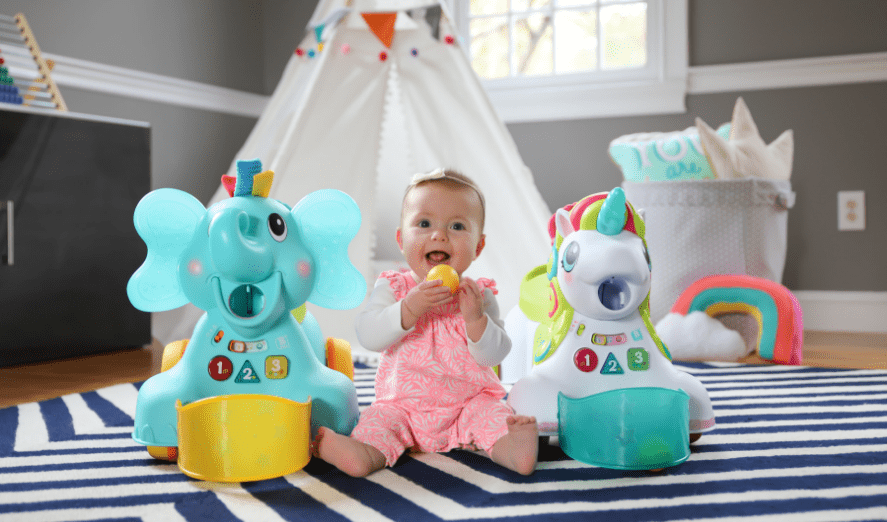


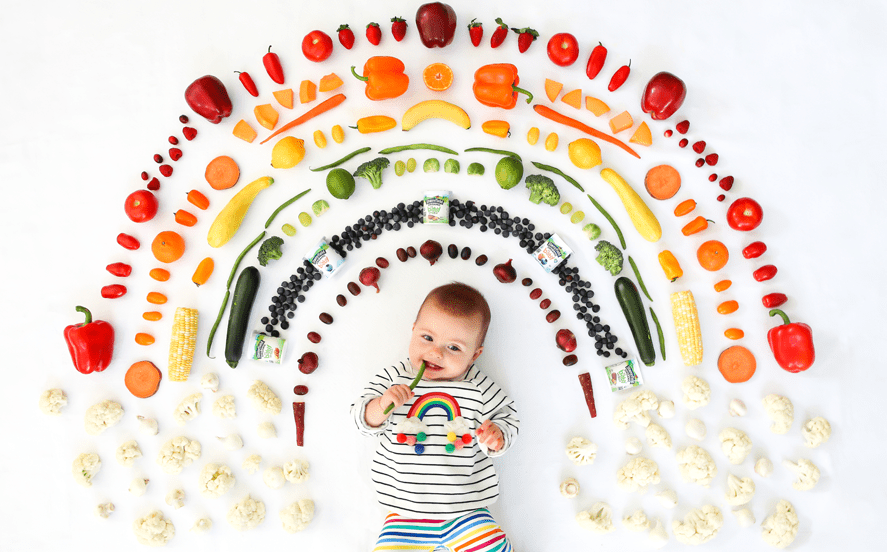


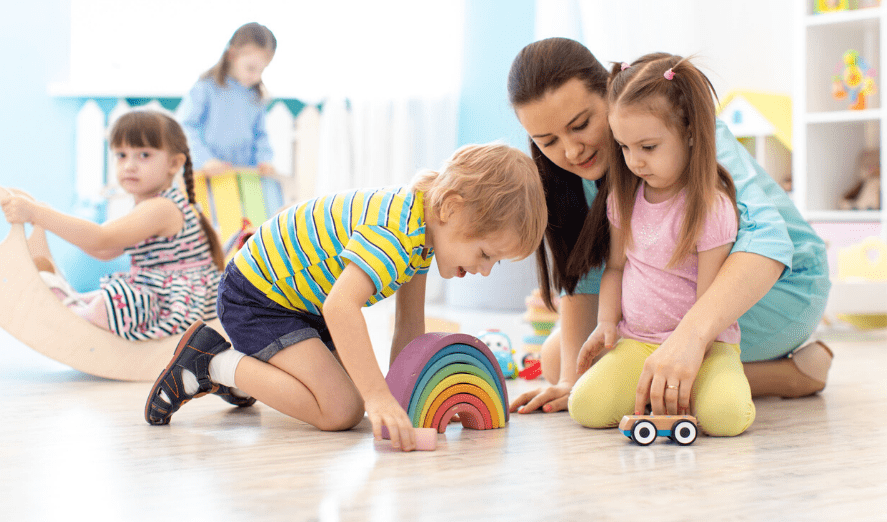







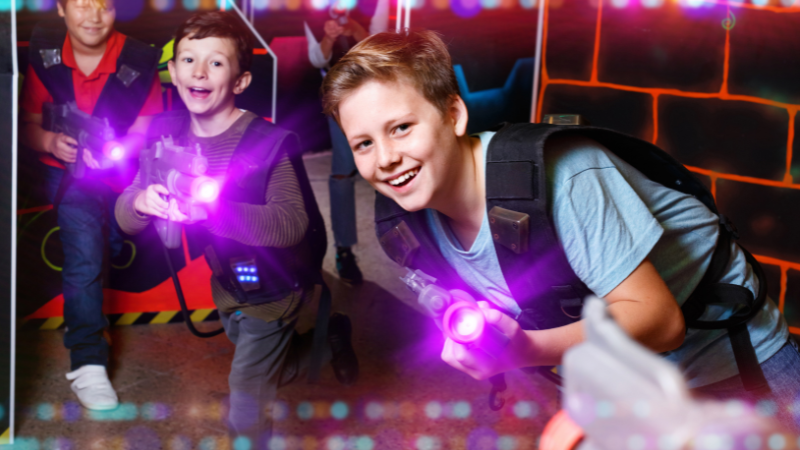
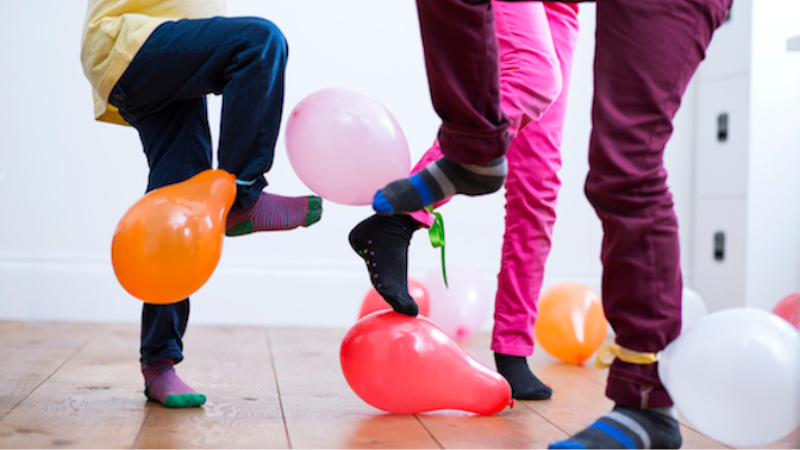


2 Comments